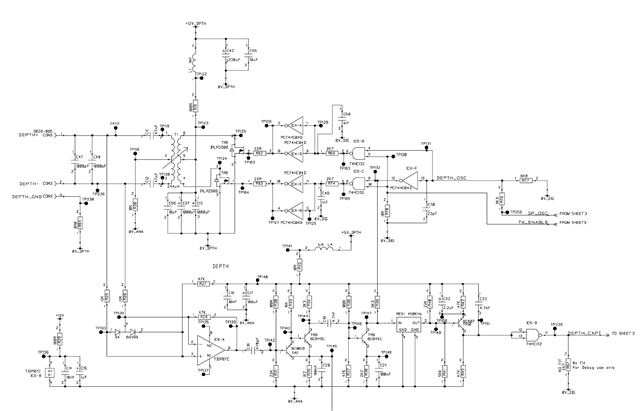Other Parts Discussed in Thread: PGA460, TDC7200, DRV8870
Hello,
I am trying to find a good solution to measure the depth of the water using an Airmar P19 depth transducer, which is mounted on a sailing boat, few cm under the floating level. As far as I know this transducer have to operate at 200kHz for best results. Also, it should work at 12v.
Until now I found some solutions with TDC1000 and PGA460 but I am not sure which one is better for this application. Or maybe another chip.
My concern is about the driving solution for P19 transducer for taking measures like 100-150m depth (which is doing with a Raymarine instrument)
Also, the measured value should be handled by an Arduino board for sending in NMEA format or an ESP32, so a connection with these boards is required.
I am not sure also if the ToF should be measured (if better) by TDC7200 or by the Arduino board.
Any advice will be appreciated, thank you!
Seb


